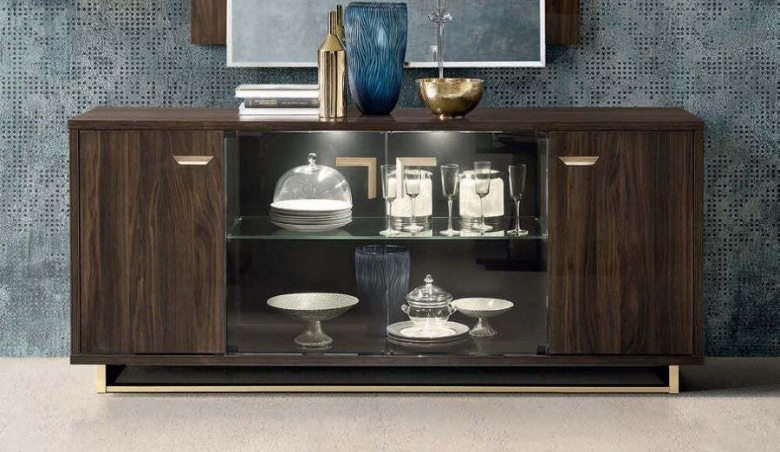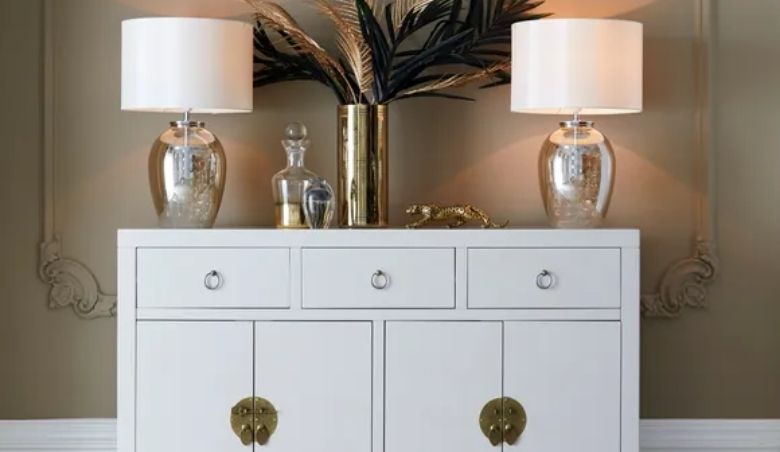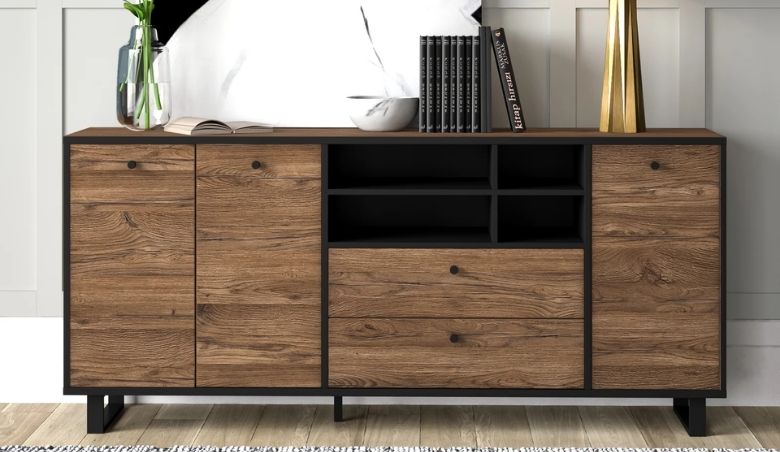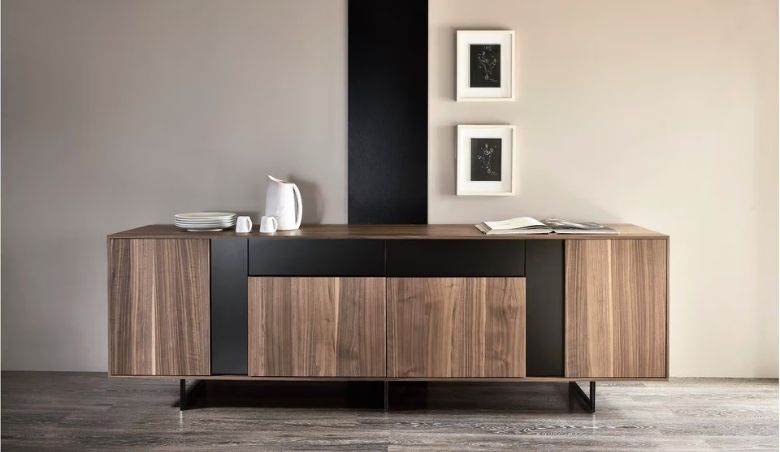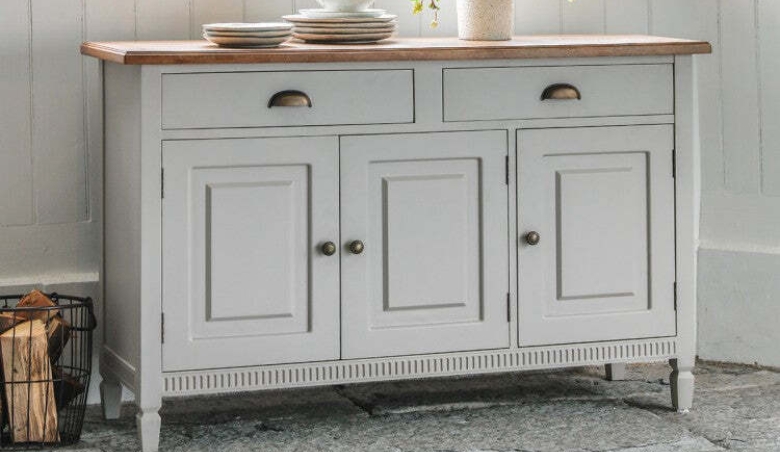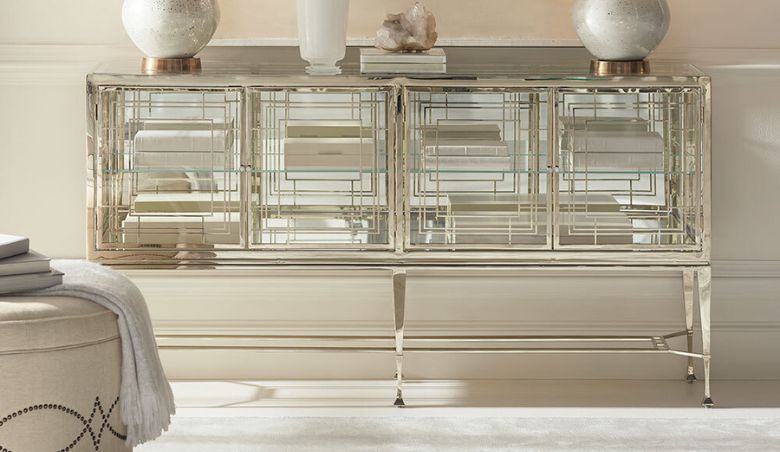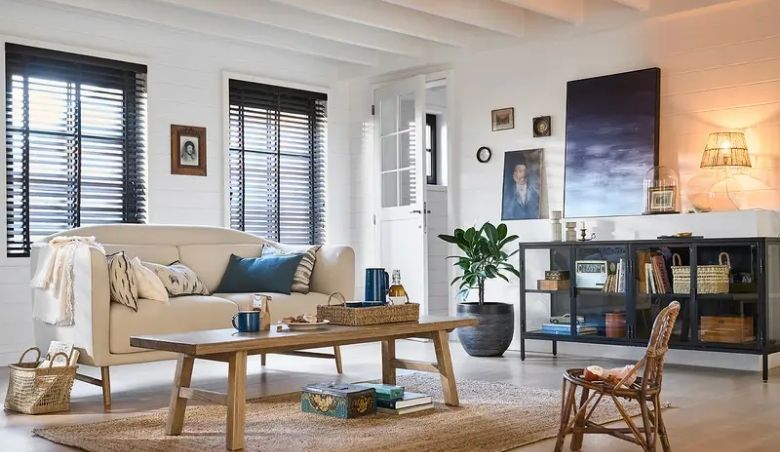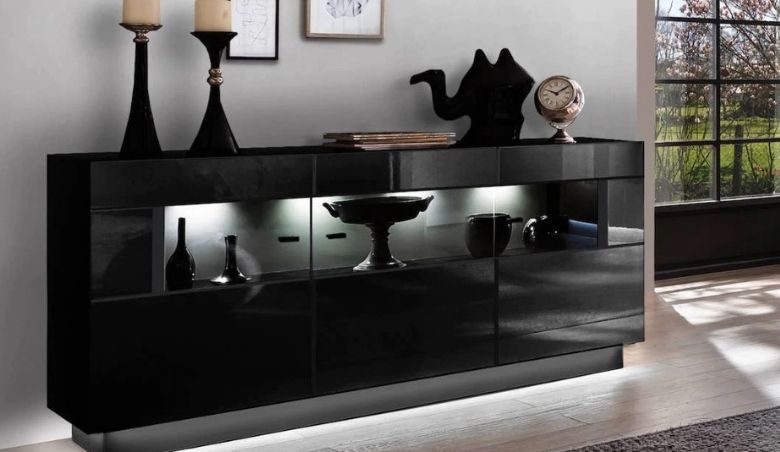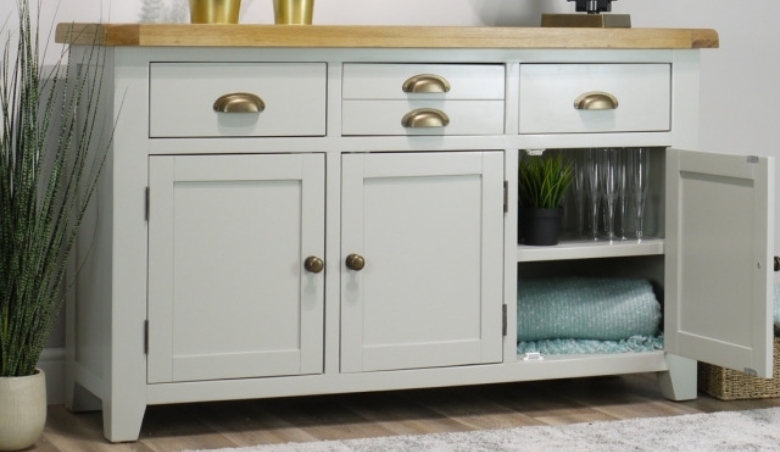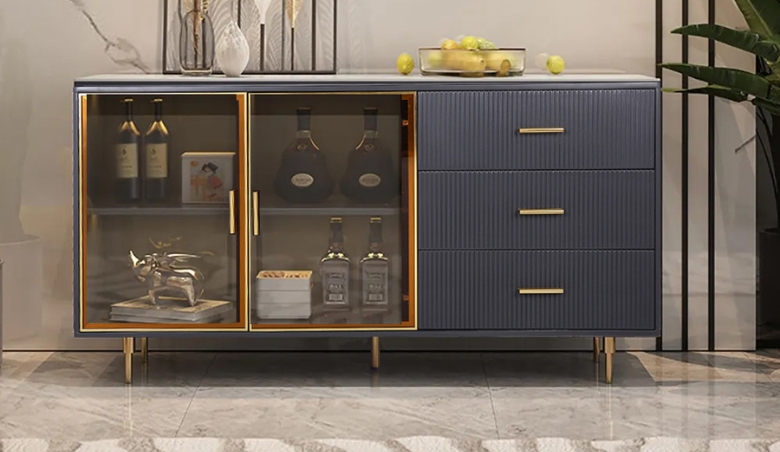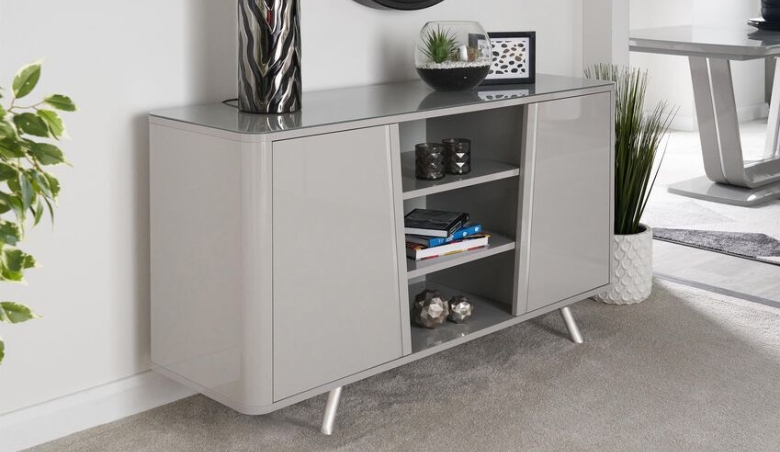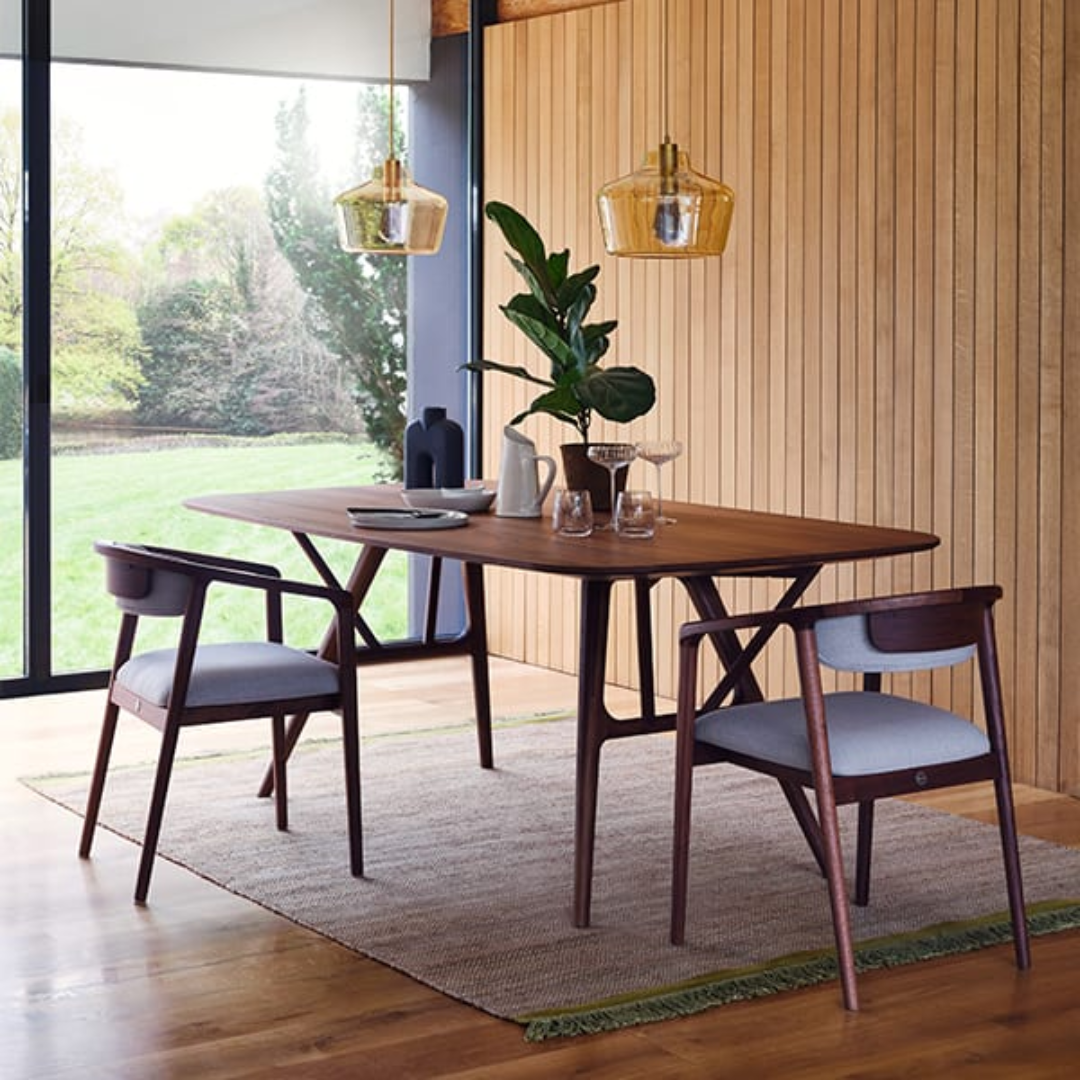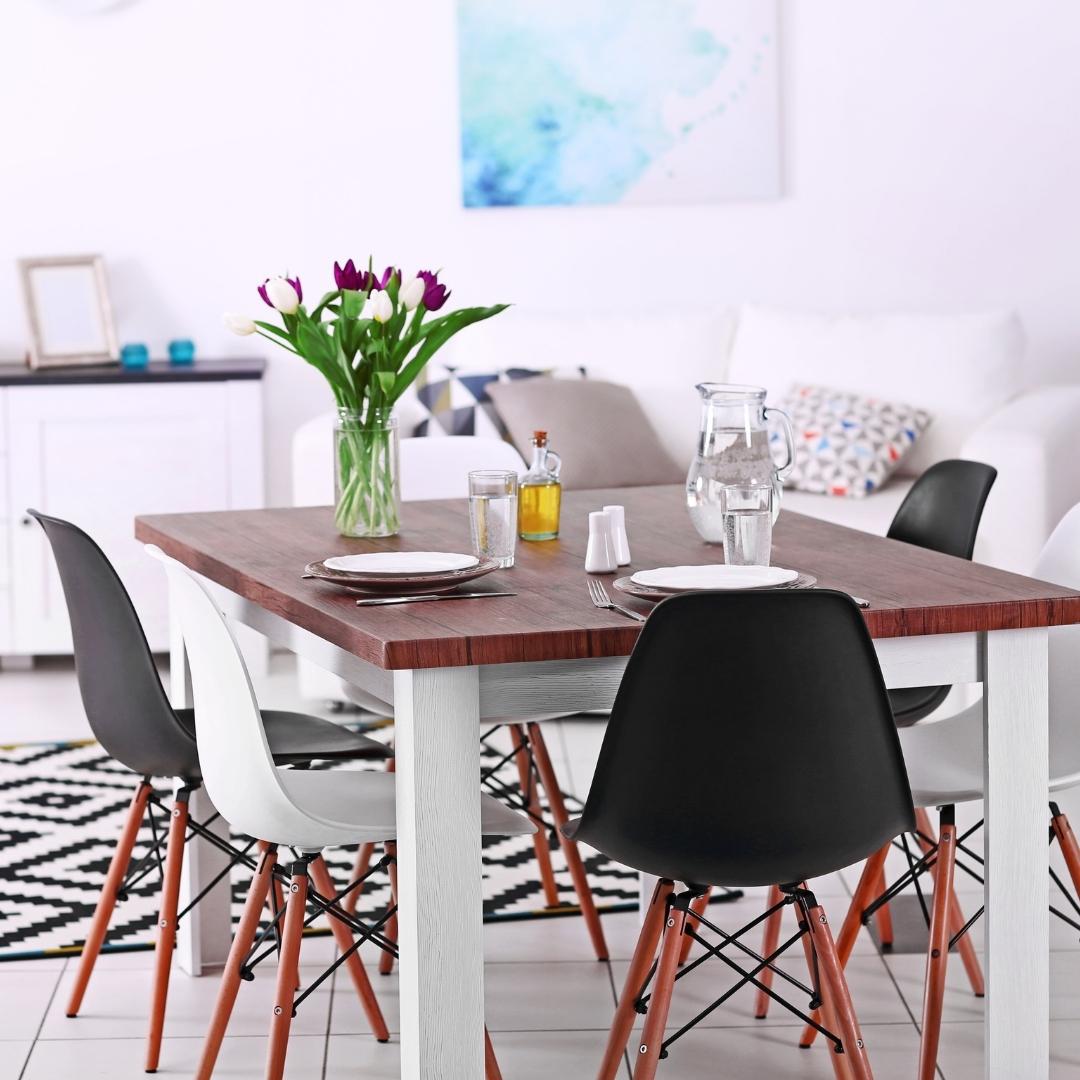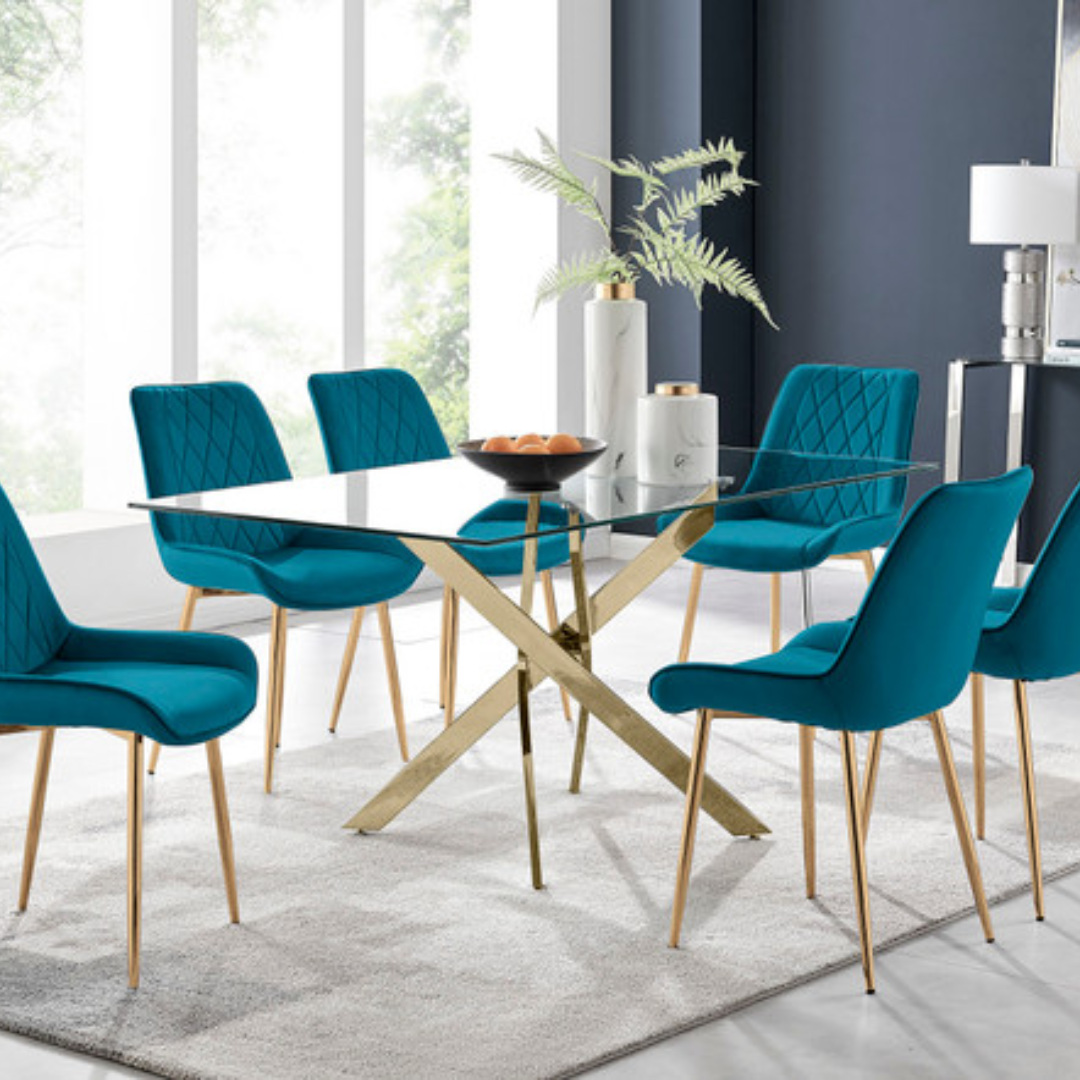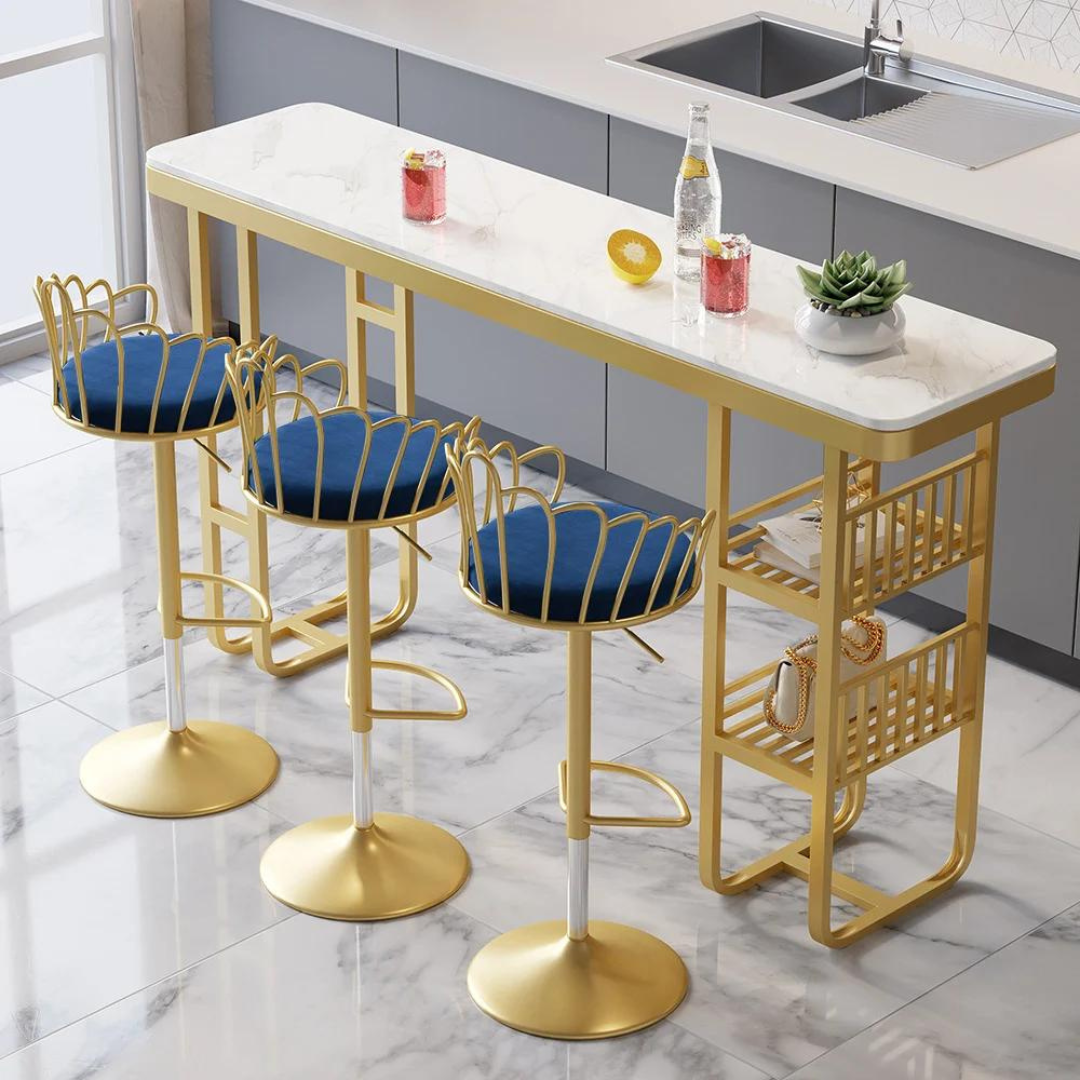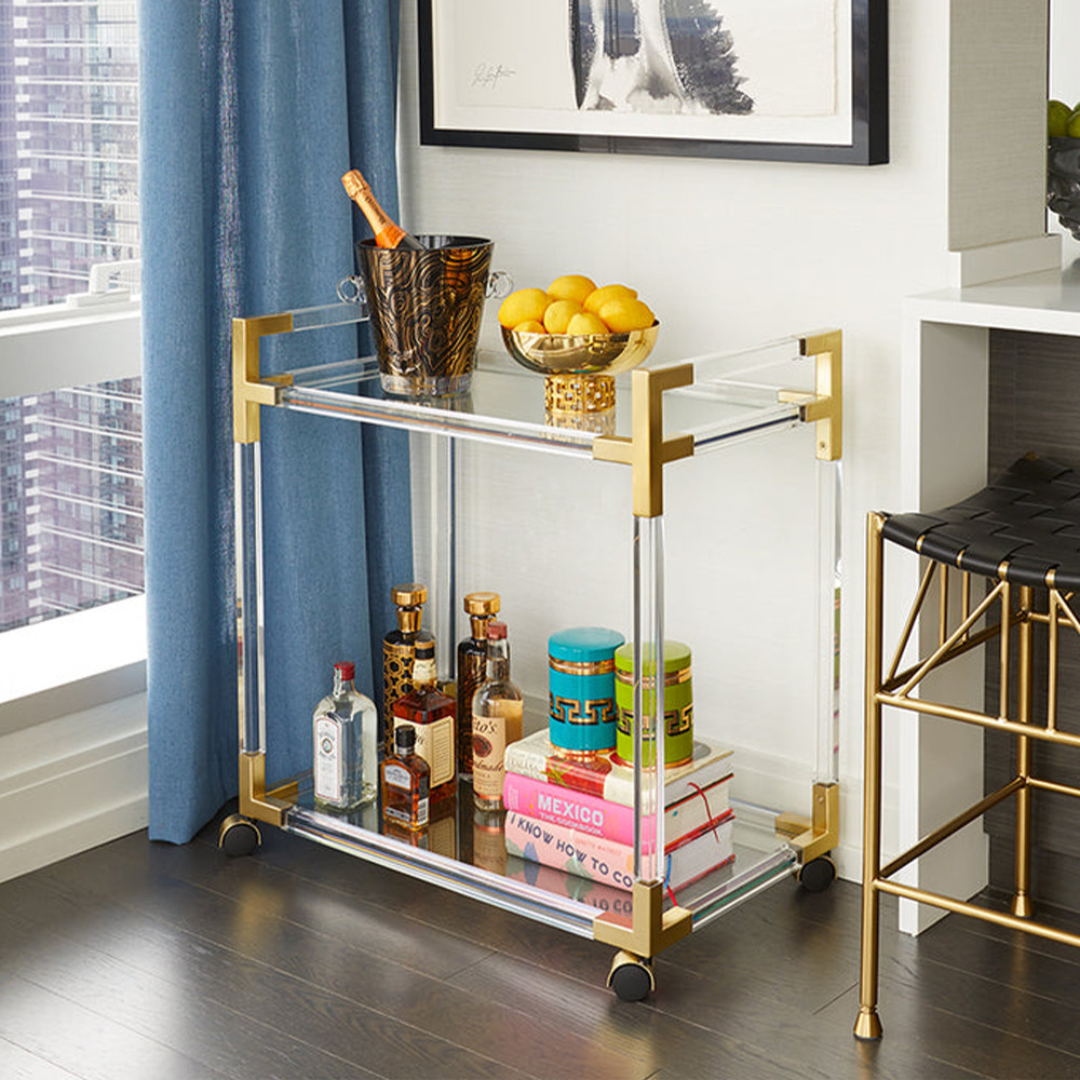Furnishing a home is no mean feat; knowing where to start and the abundance of choice can overwhelm even the most proficient shoppers. Research here at ufurnish.com found that Brits spend 38 days researching what furniture to purchase for their home.
Yes, you read that correctly - 38 days!
A sideboard is one of the hardest decisions to make – taking 56 hours of online research and trips in-store before consumers commit to the purchase. So where should you begin when it comes to choosing a sideboard? In this guide we’ll provide our top 6 tips to consider when choosing your perfect sideboard.
What is a sideboard?
Before we start to consider the top tips to bear in mind when purchasing your sideboard we’d like to provide a definition of what sideboards are as over the years their function has changed leaving many of us unsure exactly what a sideboard refers to and what it can be used for.
A sideboard was traditionally used for serving food, displaying dishes and for the storage of spare dishes and glassware in a dining room setting. Over time, sideboards became less focused around dining and made their way into living rooms and hallways where their storage space became extremely functional and their large surface area became the perfect place to showcase pictures, ornaments and lamps.
Nowadays the sideboard still retains its use within the dining room setting for storage of additional crockery but is used less often for the presentation of food. Within the living room setting it provides an ideal place to store spare blankets and cushions as well as a hideaway for children’s toys and is more often being used as a tv stand while within the hallway it offers a great solution for storage of umbrellas, shoes and other must-haves as well as providing surface space for keys and decorative pieces.
1. Size
Firstly, you need to decide which room your sideboard will be going in. While sideboards were traditionally built and installed to store dinnerware, generally in a dining room or large kitchen - today, they are regarded as a decorative piece of furniture, often found in numerous rooms around the house. Whether it is to be homed in your living room, dining room, hallway or kitchen, determining the perfect size for a sideboard is essential from the get-go. You do not want it to be overly big, or minutely small, so deciding on its function will help you decide on a size.
If the sideboard is for your dining room or kitchen, consider the ideal height to effortlessly store tableware and serve food from the top, and the ideal width to enable enough space between the table and the sideboard so guests can comfortably pull out their chairs. Typically, you should aim for your sideboard to be the same height as your dining table, between 30 and 35 inches tall to accommodate the serving of food and to create a flow within the space. For the living room, you’ll want to consider a specific height for viewing if its use is to display the TV, aim for your sideboard to be below eye level when you’re seated so that once your TV is added it will be at the perfect height. If your sideboard is for the hallway, you may want to think about the surface space size more so than the height to conveniently display your keys, phones, flowers or photos.
2. Style
You have two main options to choose from when deciding on style: you can select a sideboard that complements the room by matching it with the existing furniture and colours, or you can decide on an option that contrasts it. If you’d rather not be too adventurous when selecting furniture, why not choose a sideboard which is the same as your existing furniture, so the decision isn’t too tough. If you’re looking to experiment with your style, why not select a bright, contrasting colour, to create a statement in the room. Sideboards come in a whole host of materials, styles and colours so whether you’re looking for a rattan sideboard to complement a boho look, a midcentury dark wooded sideboard for your dining room or a light and airy Scandi inspired sideboard, you'll find a sideboard to suit!
3. Material
Whilst most sideboards are traditionally made from some type of wood; mirror, glass and metal have proven to be popular contemporary options in recent times. Whatever material you choose for your sideboard, it must also go well with the rest of your home’s style. If your home is traditionally styled, wooden sideboards are perfect to fit in with the interior decor of the room. To add a modern twist, why not consider a wooden sideboard with chrome finished legs or metal pull handles, to add a touch of style and sophistication to your room. If your home is contemporarily styled, a mirror, glass or even metal sideboard, will add the perfect finishing touch to complement your stylish space.
4. Function
Whatever sideboard you choose for your room, it should be beautiful and functional to complement the overall decor of your home, whilst also being a practical solution. When choosing your sideboard you need to consider its function. If you’re looking for a piece of furniture to display your valued possessions, you’ll want to consider a sideboard with a larger surface space. For those looking for a sideboard as additional storage space in the dining room, why not consider a sideboard with glass fronts to display your fancy dinnerware. Maybe you want somewhere to hide the clutter in your hallway? A sideboard with a drawer may be the perfect solution to re-organize your home.
5. Arrangement
As we’ve mentioned, sideboards can be placed in a number of spaces across the home and make a great addition to dining rooms, living rooms and hallways but how should you arrange a sideboard to get the most out of it decor-wise?
The power of three:
A well-known method of arranging items and one which works extremely well for sideboards. Group three items together and centre them on your sideboard to create a focal point.
Symmetry:
The use of the same style and height of picture frames, vases or lamps on your sideboard will help to create symmetry and ensure nothing looks out of place.
Draw attention:
Sideboards often have intricate detailing and are extremely eye-catching pieces of furniture. Draw the eye to your sideboard through lighting. The addition of a lamp or two to your sideboard creates soft pools of welcoming light as well as illuminating your sideboard decor. This arrangement works particularly well in hallways and living rooms.
Art:
Art that is hung centrally above your sideboard can help to create a focal point and works well in a dining room setting. When choosing the size and shape of your artwork look for art that is approximately two-thirds the width of your sideboard.
Display your glassware:
If your sideboard is being used in your dining room then why not have it double up as a drinks cabinet. Your sideboard can become the perfect place to display your glassware and drinks creating a mini cocktail bar within your dining room.
6. Where can I buy a sideboard?
Sideboards are making a big comeback and right now most furniture retailers will stock some level of sideboards. With ufurnish.com you can search, compare, shop and love sideboards right across the market. Filter by colour, material, dimensions, price and retailer. No matter your style, budget or requirements you’ll find the perfect sideboard for you.
We hope our guide on how to choose your sideboard has given you the advice you need to be confident in making your purchase. For more style inspiration to create your perfect home, follow us on Instagram and Pinterest, or to search and discover over 110+ furniture retailers across the entire market, simply click here.

